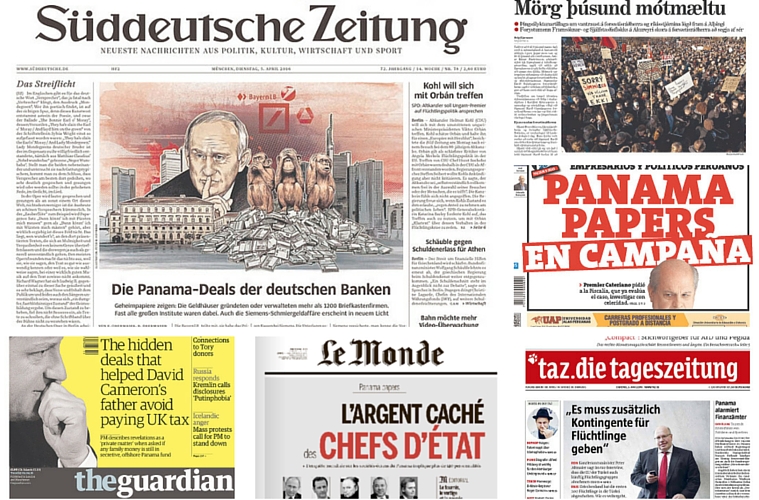Today I met with Ed Greenspon, editor of Canada’s great serious newspaper the Globe and Mail. He’s planning more of their ambitious special editions where they devote much of the paper to a Big Issue. He’s one of the world’s more thoughtful editors who has committed his paper’s future to a strategy of quality in a world where dross is a more likely response to the crisis in mainstream media. “I turned on BBC News and the first 15 minutes was all about Diana – what was that about?” he asked. Now that’s what I call high-minded.
But like any newspaper boss, Ed is concerned about his business model which is why he is on a tour of the most modern of London’s digitalised newsrooms. He’s looking for ideas. A fellow British blogger points me to some advice from the LA Times which suggests a reading list that Ed might like to check out on the flight back to Toronto.
It’s very much my agenda, a networked journalism that recognises that news organisations must now work with and for the public. Jay Rosen writes about how the ‘people formerly known as the audience’ must be part of the process of production. Jeff Jarvis (who has written the foreword to my book) explains how newspapers must become digital communities. The Guardian’s Murry Armstrong acclaims the death of the deadline as all media becomes non-stop. Carl Sessions Step is more urgent: he thinks it’s Time To Panic (although he doesn’t):
For all their jaded posturing, journalists want to preserve something that has worked for two centuries: news media that can both make acceptable profits and perform essential public services. Can this still be done? Probably. How? By moving far faster than conventional media are moving now, accelerating into a space-race urgency to revolutionize their content and business.
It is all very sound advice and I have nicked half of their ideas for my book. But the ultimate problem is not about technological or editorial innovation, it’s about money. The revenue is disappearing over the hill and all the wonderful new digital devices and processes have one thing in common – they don’t make as much profit as good old-fashioned wood-pulp made when it carried full-page glossy ads and classifieds.
And what is worse is that many newspapers are slashing back on the quality of their product just when they need to prove that they have something to offer that other media can’t provide, apart from ink-stains.
I believe that the newspaper organisations that will survive and thrive will be the ones that are panicking now and investing at the same time. There is still a lot of life left in the old dogs yet. They benefit from residual readerships with engrained consumption habits and a remarkable degree of product loyalty. They have huge journalisic assets. (At least the ones that aren’t sacking everyone). The boldest and best will survive and who will miss the rest anyway?
I suspect that with a readership of around one million and an ambitious editorial agenda there is no reason why the Globe and Mail can’t be a winner in the new media world. All that it needs to do is show boundless imagination and adventure and revolutionise its newsroom. This is going to be a tough two years or so for newspapers but the ones that make it are going to be in a position to rake in all that revenue just as soon as someone works out how.



